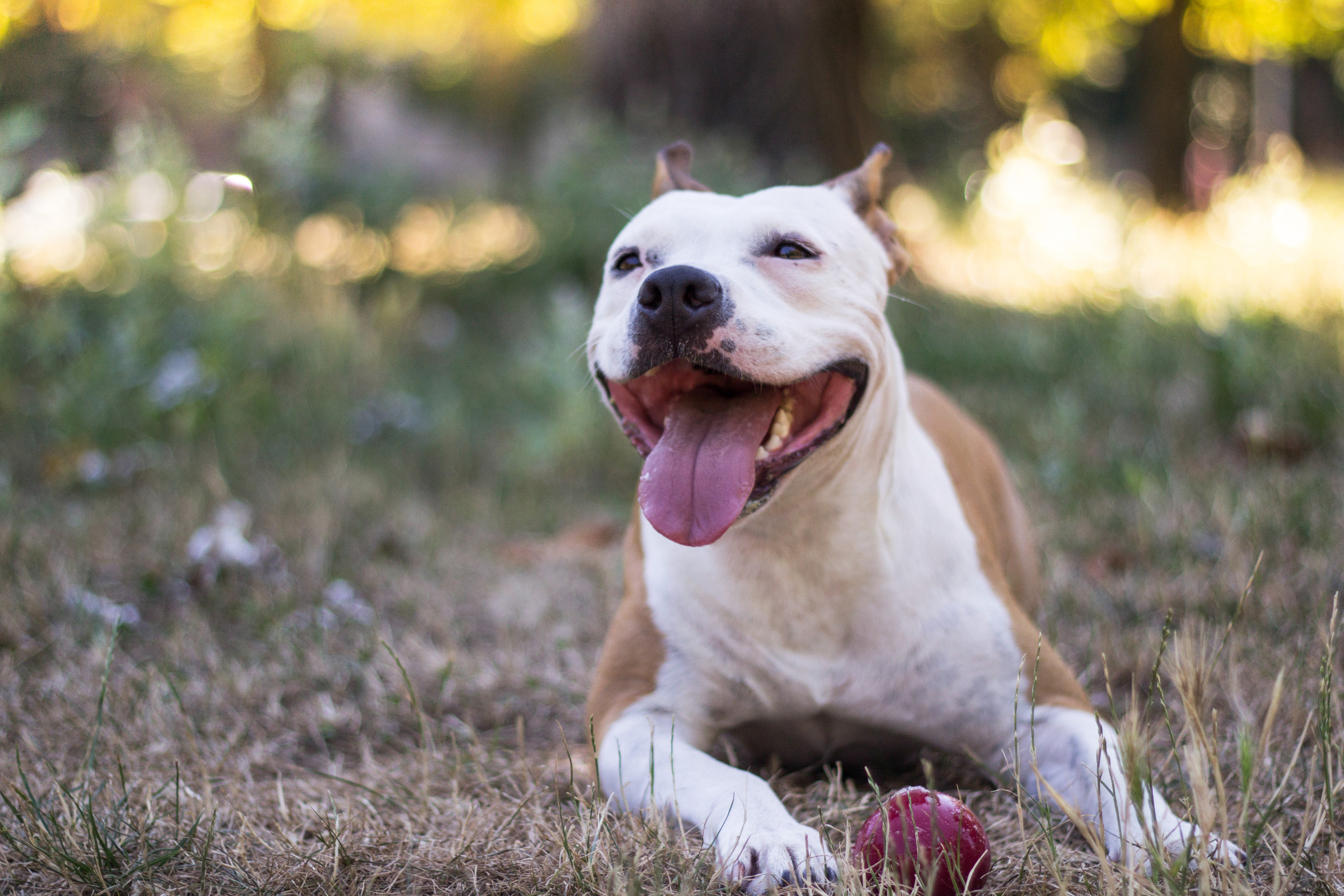The wag of a tail, the excited bark, the soulful eyes—it’s easy to see why dogs are often called “man’s best friend.” Yet, for all the love and loyalty they offer, too many dogs find themselves behind shelter bars or dumped on the street. It’s a heartbreaking reality that some dog breeds are more likely to be abandoned than others.
The reasons rarely have anything to do with the dog’s heart or behavior, and everything to do with human expectations and misguided assumptions.
1. Siberian Huskies
With their striking blue eyes, thick double coats, and wolf-like appearance, Siberian Huskies are one of the most visually captivating dog breeds. Unfortunately, many owners fall in love with their appearance but underestimate the level of care and commitment these dogs require. Huskies are high-energy, independent thinkers who need constant exercise and mental stimulation to stay balanced and happy.
When that energy goes unchecked, it often turns into destructive behavior—chewed furniture, dug-up yards, and daring escapes from the backyard. Rather than reassess their training approach or lifestyle compatibility, many overwhelmed owners surrender their Huskies to shelters.
2. Dalmatians
Thanks in part to Hollywood’s portrayal of them in movies, Dalmatians have long been romanticized as the perfect family pet. But behind the black-and-white glamour lies a breed that is sensitive, high-strung, and prone to anxiety when not properly socialized or exercised. Dalmatians are incredibly intelligent and require not just physical activity but also consistent mental engagement to avoid behavioral issues.
Sadly, families who adopt them for their looks often discover too late that this breed is far more complex than anticipated. As a result, Dalmatians are frequently rehomed or abandoned when their needs aren’t met or understood.
3. German Shepherds
German Shepherds are known for their loyalty, intelligence, and service work in military and police roles, which has made them one of the most popular breeds worldwide. But they are also one of the most misunderstood when it comes to pet ownership. These dogs thrive on structure, routine, and purpose; without it, they can become anxious, aggressive, or even depressed. Many people adopt German Shepherds expecting a naturally obedient companion, but aren’t prepared to put in the training and leadership required. When behavioral issues surface due toa lack of direction or stimulation, too many Shepherds end up in shelters, labeled as “problem dogs.”
4. Pit Bulls
No breed has suffered from stereotyping quite like the American Pit Bull Terrier. Despite being affectionate, loyal, and often great with children, Pit Bulls are routinely demonized in the media and misunderstood by the public. Breed-specific legislation in certain areas, combined with insurance restrictions, makes it harder for even well-meaning families to keep them. Shelters are overflowing with Pit Bulls not because they are inherently dangerous, but because society has painted them into a corner of fear and bias. These gentle, misunderstood animals often face abandonment simply due to the stigma that surrounds their breed.
5. Border Collies
Arguably one of the smartest dog breeds in the world, Border Collies are workaholics by nature, originally bred for herding sheep with tireless energy and laser-sharp focus. That same brilliance can become a double-edged sword in a domestic setting. Without ample exercise and problem-solving tasks, Border Collies quickly grow bored and restless, leading to behavioral problems such as nipping, excessive barking, and destructive chewing.
Families often adopt them for their beauty and intelligence, not realizing the level of responsibility that comes with such a high-energy breed. When the dog’s needs outpace the owner’s capacity to meet them, abandonment becomes an all-too-common outcome.
A Heartbreaking Cycle That Needs to Change
What all these breeds have in common is not bad behavior or lack of potential, but unmet needs and unrealistic expectations. In most cases, the issue isn’t the dog—it’s the mismatch between the dog’s natural instincts and the owner’s lifestyle. A failure to research, train, or commit to long-term care sets these animals up for failure through no fault of their own. This creates a vicious cycle where shelters become overcrowded, rescue organizations are stretched thin, and dogs suffer in silence. These are not bad dogs—they are simply misunderstood.
Every breed comes with its own unique characteristics, challenges, and rewards. Taking the time to learn what a dog truly needs—not just what they look like or how they’re portrayed in pop culture—can make all the difference in whether a dog thrives or ends up abandoned. It’s up to humans to break this cycle by making informed, compassionate decisions when bringing a dog into their lives. With patience, proper training, and realistic expectations, even the most “difficult” dog can become a beloved family member. The responsibility lies not with the breed, but with the people who choose them.
Which breeds have surprised you, challenged you, or taught you the most? Let the conversation continue—because understanding is the first step toward compassion.
Read More
The 5 Best Dog Training Apps for Busy Owners
8 Dogs That Are Perfect For Those With Disabilities


